SNUBH IT Adoption Status
WBS
project
budget of
25 billion
2013
'BEST Care 2.0R'
Bundang Seoul National University Hospital, which opened in 2003 with the goal of the world's first 500 beds or more, has completed the construction of 'BESTCare 2.0R' in 2013 through its own budget of 25 billion with the support of the government's WBS(World Best Software) project in 2010 and has maintained its position as the No. 1 digital hospital in Korea. In addition, the hospital has participated in the medical information exchange project of the Ministry of Health and Welfare in the beginning and has been operating for the longest period of time while continuing conducting various research on voice recognition technology and artificial intelligence technology based on big data analysis.
Global Top Digital Hospital
ONC : Office of the National Coordinator for Health Information Technology - Health IT Certification Program in U.S
History of Major Awards
-
-
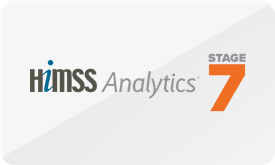
- HIMSS Stage7
-
-
-

- ISO 27001
-
-
-
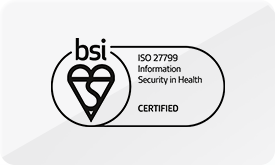
- ISO 27799
-
-
-

- K-ISMS
-
-
-

- iF communication
Design Award
-
-
-
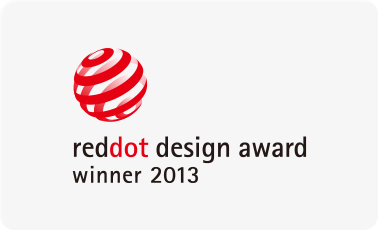
- Reddot design Award
-
-
-
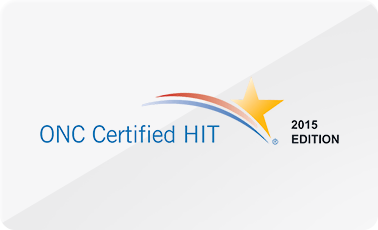
- ONC-HIT
-
HIMSS Stage 7
Bundang Seoul National University Hospital succeeded in three consecutive certifications of HIMSS* EMRAM Stage 7, the world's highest authority and highest grade in hospital information systems.
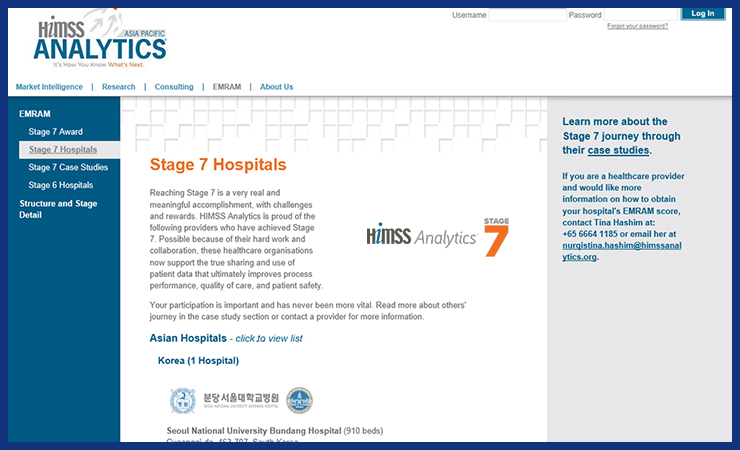
1st
First Stage 7 Hospital Outside North America First 3-time validated for stage 7 in APAC(2010, 2016, 2019)World-class Hospital (Stage 7)
HIMSS is the American Association of Health and Medical Information Management Systems that promotes the efficiency of the medical system by incorporating IT technology into the medical environment.
HIMSS Stage 7 Achievement
HIMSS EMR
Adoption ModelSM
- stage 0
- All threeancillariesnot installed
-


- Asian
Pacific('16 Q4) - Middle
East('16 Q4) - United
States('17 Q4)
- stage 1
- Ancillaries – Lab., Pharma., and Radiology/ Cardiology info. systems; PACS; Digital non-DICOM image mgmt.
-


- stage 2
- CDR; Internal Interoperability; Basic Security
-


- stage 3
- Nursing and Allied Health Documentation; eMAR*; Role- Based Security
-


- stage 4
- CPOE with CDS; Nursing and Allied Health Documentation; Basic Business Continuity
-


- stage 5
- Physician Documentation using Structured Templates; Intrusion/Device Protection
-


- stage 6
- Technology Enabled Medication, Blood Products, and Human Milk Administration; Risk Reporting; Full CDS
-


- stage 7
- Complete EMR; External HIE; Data Analytics, Governance, Disaster Recovery, Privacy and Security
-


- N=794
- N=149
- N=5,487
- Paper Based
- Degree of complexity, automation and benefit capture
- Paperiess
Electronic Medication Administration Record
ONC-HIT / First certification for EMR system
-

(2015 Edition – BESTCare 2.0G, BESTCare 2.0B)
First ONC Certified Solution
Outside North America (2015, 2020)BESTCare® is the first non-North American software to pass the entire ONC-HIT* certification category (2015, 2020)
The Office of the National Coordinator for Health Information Technology (ONC) Health IT Certification Program A system that examines and certifies whether each hospital information system complies with the technical and procedural standards required by the government as a technical core of medical reform in the United States.(Medciacl OBserver, ’16)
-
EMR system
First CertificationThe electronic medical record system certification system in Korea carries out the initial certification of this project.(August 2020)
-
- Register
- July 15 (Wed.)
-
- audit
- August 4th (Tue) to 7th (Friday), 4 days
-
- Purpose
- Ensure patien safety and care continuity, activate standard data
-
- Criteria
-
- A total of 86 items
- 62 for functionality, 10 for interoperability and 14 for security

Electronic Medical Record System
Certification Items -











